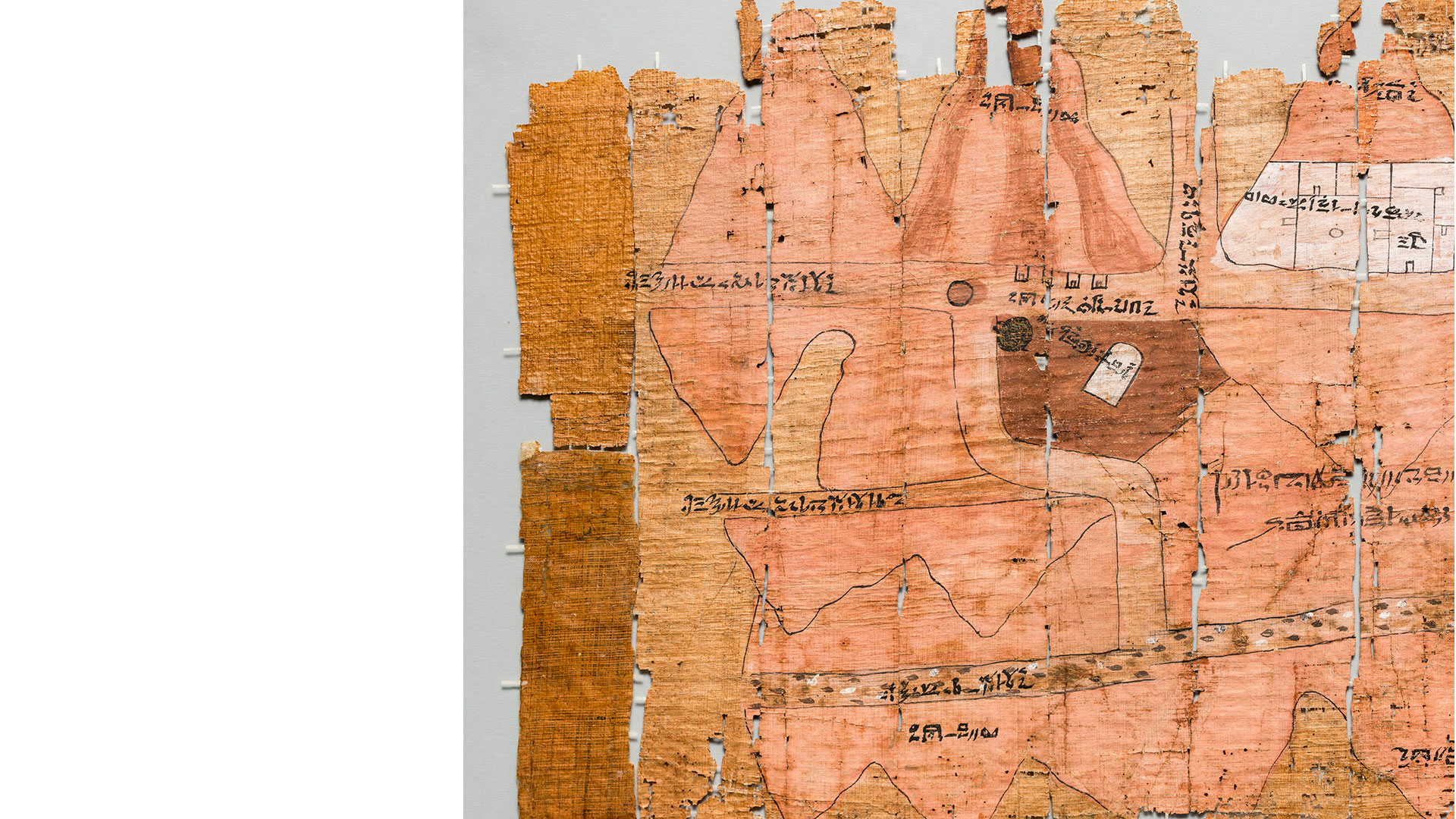The Livius.org website offers information on ancient history. There are currently 4181 pages. You will also find almost 9,800 original illustrations. You can search to find what you are looking for or browse through the articles using categories or tags; the articles listed after the map are just the most recent ones. Livius
Common categories
- Roman Empire (2017)
- Byzantium (811)
- Hellenistic (658)
- Greece (510)
- Roman Republic (490)
- Persia (482)
- Museums (286)
- Medieval (206)
- Greater Iran (191)
- Germania Inferior (189)




















 Stumble It!
Stumble It!
